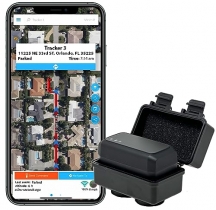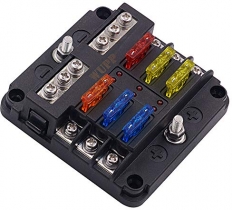-
Welcome to Tacoma World!
You are currently viewing as a guest! To get full-access, you need to register for a FREE account.
As a registered member, you’ll be able to:- Participate in all Tacoma discussion topics
- Communicate privately with other Tacoma owners from around the world
- Post your own photos in our Members Gallery
- Access all special features of the site
Long Travel BS Thread
Discussion in 'Long Travel Suspension' started by amaes, Aug 20, 2010.
Page 5040 of 5040
Page 5040 of 5040


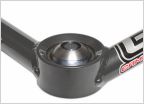 Anyone now why some UCA's use 1.25" uniballs?
Anyone now why some UCA's use 1.25" uniballs? Heim joint degradation?
Heim joint degradation? 1st gen Tacoma LT help
1st gen Tacoma LT help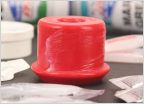 Polyurethane bushing grease
Polyurethane bushing grease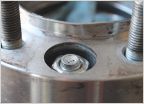 Longer wheel studs
Longer wheel studs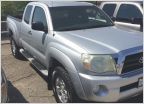 Camerond05's build page. Slow. Boring
Camerond05's build page. Slow. Boring
































